How to Clean Gunk and Grime from Kitchen Cabinets
Got grimy kitchen cabinets? Don’t think you’re the only one. Unfortunately, wood cabinets—painted or natural with a clear finish—are prone to all sorts of grease, grime, and gunk from simply being in the kitchen.
Depending on just how much grease and grime you’re looking at and the supplies you have available, there are several options to clean kitchen cabinets. At least one should help to get the job done—plus one final suggestion for how to keep your clean cabinets looking gorgeous!
CAUTION: Before attempting to use any of the following options on any wood surface—painted or natural—test first in an inconspicuous place so you know how the method of cleaning will react.
Blue Dawn
Apply a few drops of concentrated dish liquid like blue Dawn, into a bowl of warm water. Dip the soft side of a sponge in it. Squeeze the sponge until suds form. The cleaning agents in Dawn absorb grease just as well on kitchen surfaces as they do on dishes. Apply to the dirty kitchen cabinet, wiping the grease with the soft sponge until it is removed. Immediately dry the surfaces with a clean cloth to prevent streaking.
Kitchen gunk remover
Bust through hardened, dingy layers of old, sticky, dust-grabbing grease with vegetable oil and baking soda. Mix one part of any vegetable oil to two parts of baking soda. Apply this oily paste to dirty areas using a soft cloth or paper towel. That ugly, greasy, dirty build-up on cabinets will begin to soften and start to disappear. Wipe clean and buff with a soft cloth.
White vinegar
Vinegar is not just for making pickles or drizzling over French fries. It has grease-busting, cleaning ability. Dampen a clean, dry cloth with undiluted white vinegar, and wipe down greasy cabinets. Rinse your cloth with warm water, wring out most of the moisture, and use it to rinse the cabinetry. Dry the damp surfaces with a paper towel, but note any still-sticky spots that need a second attempt.
Caution: Vinegar should be used only occasionally, to remove greasy grime, not for maintenance. Its acidic nature may, over time, begin to dull the surface.
Soap and paint thinner
This is a heavy-duty, industrial-strength solution. Use it on the toughest, most stubborn grease and grime, knowing that it could remove a layer of the finish. Mix equal parts of paint thinner and mild soap, such as Murphy Oil Soap. Apply with a sponge or paintbrush. Wipe the solution away with a rag to clear the dirt; you’ll likely remove a thin layer of varnish or shellac, because the grime may have melded with it.
Wood polish and conditioner
After rigorous cleaning, wood cabinets are thirsty for moisture and protection. But you want to be careful that you don’t make matters worse by using something that will create a new kind of build-up that becomes a magnet to kitchen grease and grime.
You won’t find a better product to do that than Howard’s Feed-n-Wax Wood Polish and Conditioner. It contains beeswax, carnauba wax, and orange oil to keep the wood from drying out, while at the same time repelling kitchen grease. Fantastic for all of the wood surfaces in your home—not only kitchen cabinets.
First published: 3-26-17; Updated with new info and photo credit 8-14-20
Everyday Cheapskate participates in the Amazon Services LLC Associates Program, an affiliate advertising program designed to provide a means for us to earn from qualifying purchases, at no cost to you.

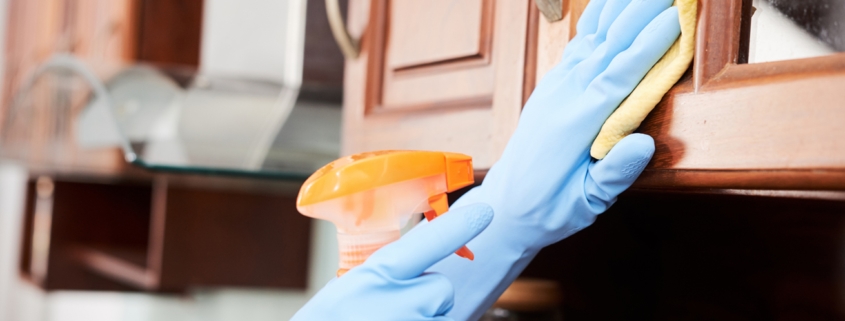



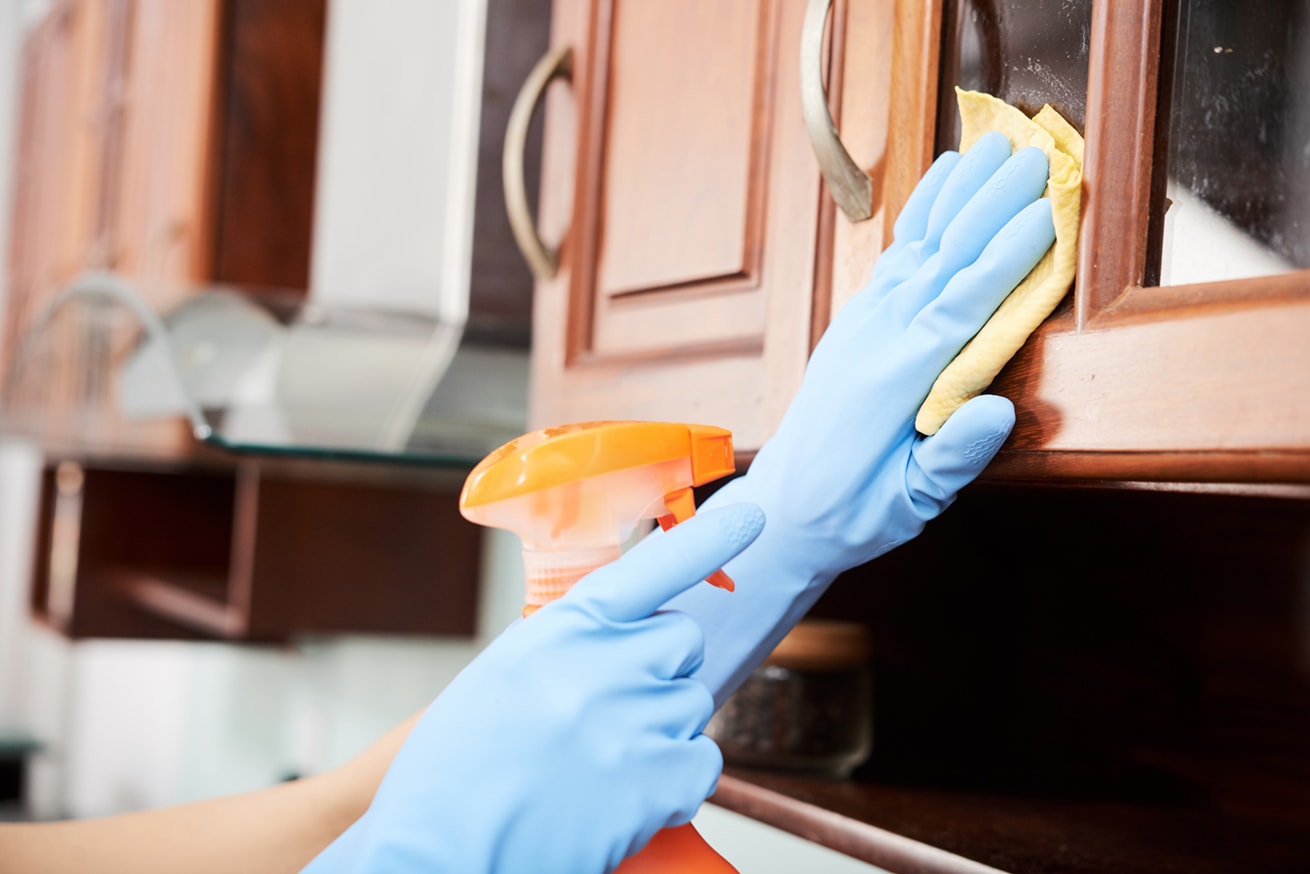

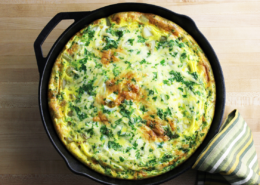
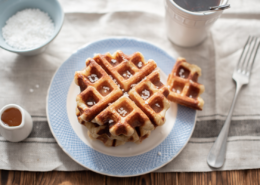

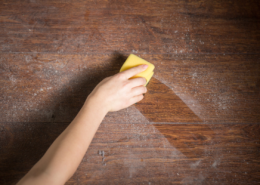







I don’t see much info on using “Cleaning Vinegar”.
It is more acidic than regular white vinegar and is a grease buster!
I keep a 32 oz spray bottle with a tsp of blue dawn And fill the rest with Cleaning Vinegar – so much stronger than regular white vinegar.
I love all you do to help us❣️❣️❣️